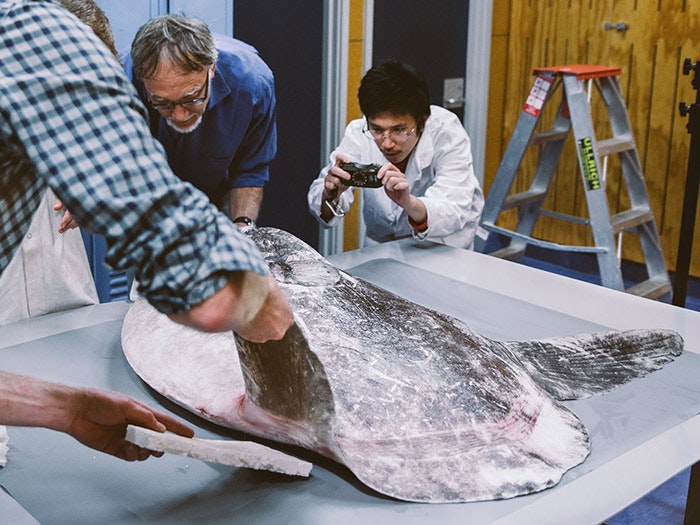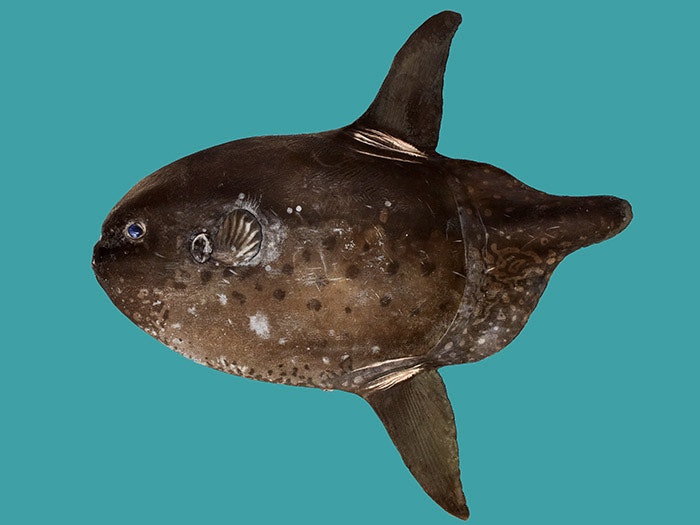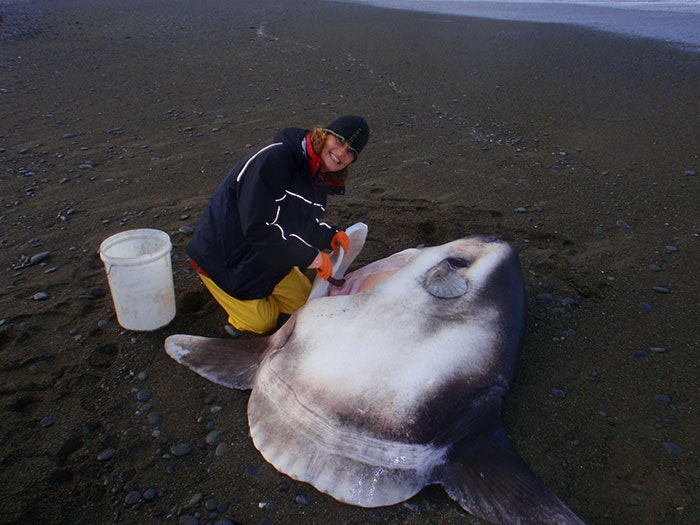
Discovering the mola tecta, a new species of sunfish
Read the story about how a sunfish washing up on our beaches and lying in our store rooms, has become the first new species of sunfish to be described in 100 years.
Free museum entry for New Zealanders and people living in New Zealand
Open every day 10am-6pm
(except Christmas Day)
Free museum entry for New Zealanders and people living in New Zealand
When a sunfish, the world’s heaviest bony fish, washed up on a beach Dr Tom Trnski from Auckland Museum rushed down to pick up the rare specimen.
At 2.1 metres long and weighing 243 kilograms – Tom knew that Te Papa would be the only fish facility with large enough tanks.

Read the story about how a sunfish washing up on our beaches and lying in our store rooms, has become the first new species of sunfish to be described in 100 years.

Sunfish are the heaviest bony fish species alive today. Find out how large different species grow and how to weigh one.

20 July 2017 – A new species of ocean sunfish has been discovered and formally described by an international team of researchers.